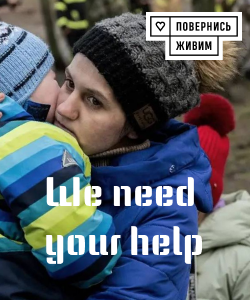North Korean Military Near Ukrainian Border: A New Phase of Geopolitical Tension

In recent months, the situation along Ukraine’s border has become increasingly tense, as new information emerges about the involvement of foreign military forces.
According to South Korea’s intelligence agency, approximately ten thousand North Korean soldiers have already been deployed near the Russia-Ukraine border.
This marks a new level of geopolitical strain, as these actions carry not only military but also strategic significance in the context of the ongoing war in Ukraine.
Source — South Korean parliament member Lee Sung Kwon, citing data from the National Intelligence Service, reports that since September, North Korea has sent about five thousand construction troops to Russia for infrastructure repair and reinforcement activities in the region.
Additionally, intelligence agencies observe signs of preparations to deploy further military units, indicating long-term cooperation goals between Moscow and Pyongyang.
It is noteworthy that within North Korean leadership circles, active recruitment and training processes are underway for continued military operations in the region.
An important assessment from intelligence suggests that around ten thousand North Korean soldiers are currently positioned along the border, awaiting further deployment.
This enables Kim Jong-un’s regime to not only intensify military presence but also to receive financial aid, food supplies, energy resources, and access to advanced military technologies from Russia, significantly aiding its nuclear and missile programs amid international sanctions.
Ukrainian intelligence reports indicate that North Korea supplies between 35% and 50% of Russia’s ammunition needs, highlighting a deep military and economic connection between the two nations.
Specifically, Deputy Chief of Military Intelligence Vadym Skibitskyi stated that North Korean military personnel continue to operate in Russia’s Kursk region, performing engineering tasks and supporting military infrastructure.
This development introduces a new level of threat for Ukraine and the region, necessitating active international response and strengthened defense measures.

